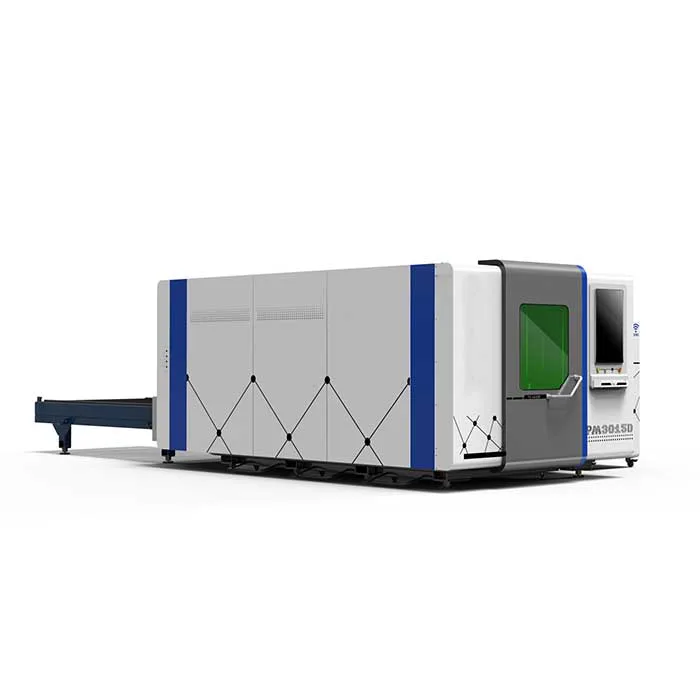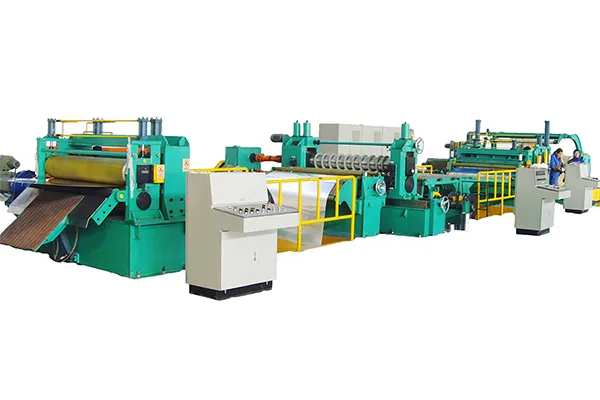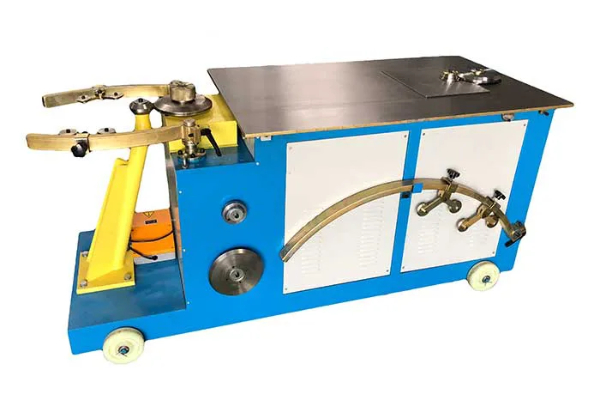
Innovations in Press Brake Bending Technology
- By:Metmac
- 2024-07-26
- 141
In the realm of metal fabrication, press brake bending technology has undergone a remarkable evolution, introducing an array of innovative solutions that have revolutionized the industry. From advanced control systems to automated processes, these advancements have significantly enhanced productivity, precision, and efficiency. This article delves into the key innovations that are shaping the future of press brake bending technology.
CNC Control Systems
Computer Numerical Control (CNC) systems have become the cornerstone of modern press brake technology. These systems precisely control the movement of the ram and provide real-time feedback, ensuring accurate bends and minimal setup time. Advanced CNC controllers offer features such as automatic part programming, tool recognition, and collision detection, significantly simplifying the bending process.
Servo-Driven Actuation
Servo-driven actuation systems have replaced traditional hydraulic drives in many press brakes. Electric servomotors provide precise control over the movement of the ram, enabling faster and more accurate bending. Servo-driven press brakes offer increased bending speed, reduced cycle times, and improved energy efficiency.
Automated Loading and Unloading Systems
Automation has played a pivotal role in enhancing the efficiency of press brake bending operations. Automated loading and unloading systems remove the need for manual handling of parts, reducing operator workload and increasing productivity. These systems can be integrated with CNC controllers to create a fully automated bending process.
Advanced Tooling Systems
Tooling systems have also experienced significant advancements, with the introduction of quick-change tool holders and innovative bending tools. Quick-change tool holders allow for faster and easier tool changes, reducing setup time and increasing machine utilization. Specialized bending tools, such as variable-angle tooling and radius bending tools, provide greater flexibility and versatility in bending operations.
Integrated Sensors and Monitoring
Sensors and monitoring systems have become an essential feature of press brake technology. These systems monitor key parameters such as pressure, force, and bending angle, providing real-time data and ensuring process accuracy. Advanced sensors can detect potential problems and trigger corrective actions, preventing downtime and maintaining high-quality standards.
Conclusion
The innovations in press brake bending technology have transformed the industry, making it more productive, precise, and efficient than ever before. CNC control systems, servo-driven actuation, automation, advanced tooling systems, and integrated sensors have significantly improved the capabilities of press brakes, enabling manufacturers to produce complex parts with precision and speed. As the technology continues to evolve, the future of press brake bending promises even greater advancements in efficiency, accuracy, and quality.
-
Mastering Form and Force: A Guide to Modern Metal Plate Bending Machines
2025/12/16 -
Demystifying Sheet Metal Laser Cutting Machine Price: The METMAC Value Perspective
2025/12/16 -
Metal Sheet Machinery: The Engine of Modern Fabrication and the METMAC Advantage
2025/12/16 -
Beyond the Bend: The Power and Precision of the Modern Sheet Profile Machine
2025/12/16
-
Advanced Sheet Metal Rolling, Laser Cutting, and Folding Machines for Precision Fabrication
2025/10/31 -
High-Performance Sheet Metal Bending and Cutting Machines for Modern Fabrication
2025/10/31 -
High-Quality Sheet Metal Equipment for Sale: Efficient Solutions for Modern Manufacturing
2025/10/31 -
High-Performance Sheet Metal Equipment for Sale: Forming and Shearing Solutions for Modern Fabrication
2025/10/22
-
A Guide to the Latest Innovations in Sheet Metal Folding Machines
2024/11/29 -
Key Features to Consider When Investing in a Sheet Metal Folding Machine
2024/11/28 -
Enhancing Precision with Advanced Sheet Metal Folding Machines
2024/11/27 -
How to Choose the Right Sheet Metal Folding Machine for Your Workshop
2024/11/26







